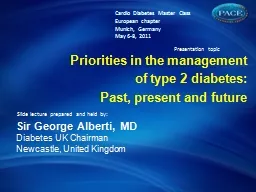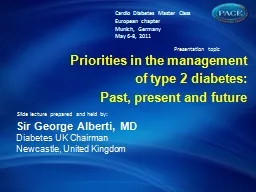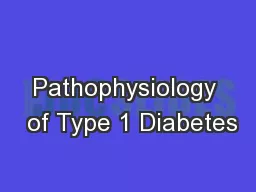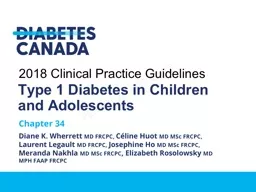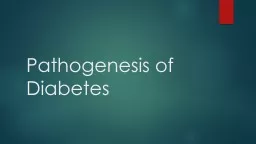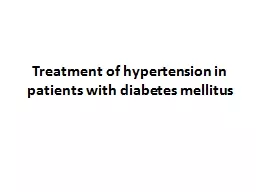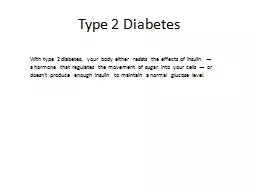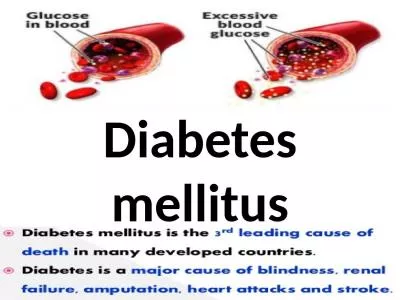PPT-Current Therapy in Type 2 Diabetes:
Author : Dragonlord | Published Date : 2022-08-04
What Follows Metformin James R Gavin III MD PhD CEO amp Chief Medical Officer Healing Our Village Inc Clinical Professor of Medicine Emory University School of
Presentation Embed Code
Download Presentation
Download Presentation The PPT/PDF document "Current Therapy in Type 2 Diabetes:" is the property of its rightful owner. Permission is granted to download and print the materials on this website for personal, non-commercial use only, and to display it on your personal computer provided you do not modify the materials and that you retain all copyright notices contained in the materials. By downloading content from our website, you accept the terms of this agreement.
Current Therapy in Type 2 Diabetes:: Transcript
Download Rules Of Document
"Current Therapy in Type 2 Diabetes:"The content belongs to its owner. You may download and print it for personal use, without modification, and keep all copyright notices. By downloading, you agree to these terms.
Related Documents


